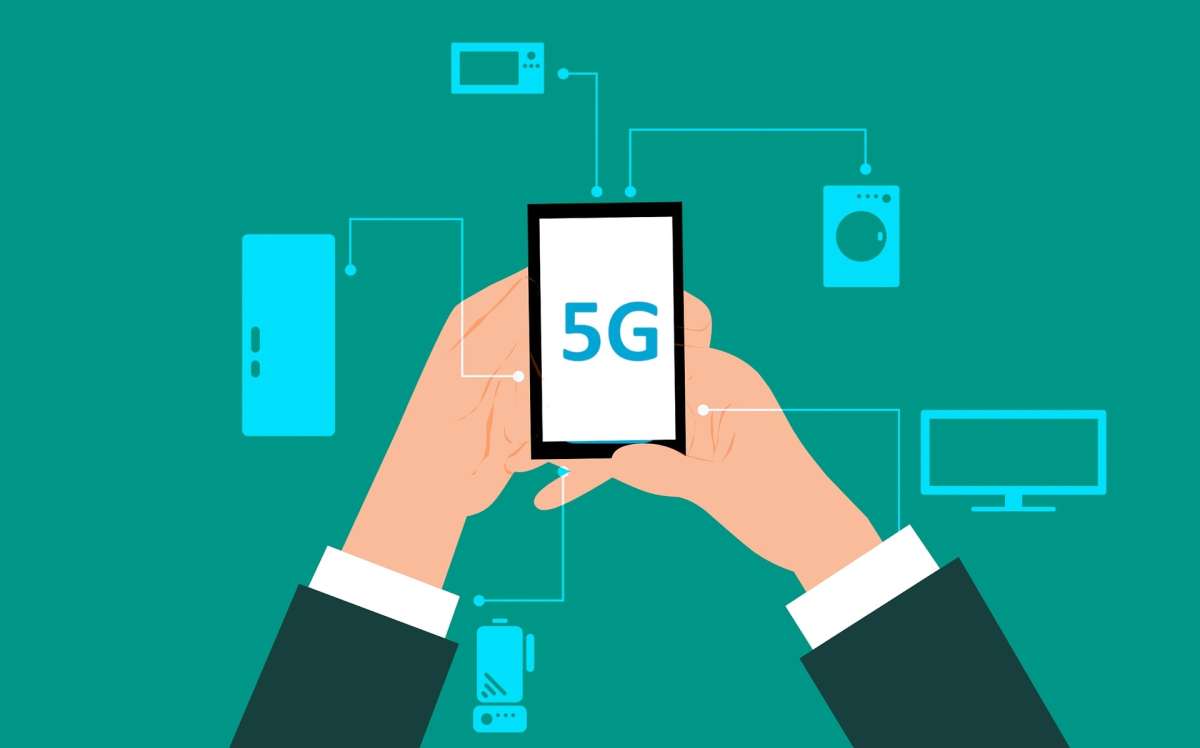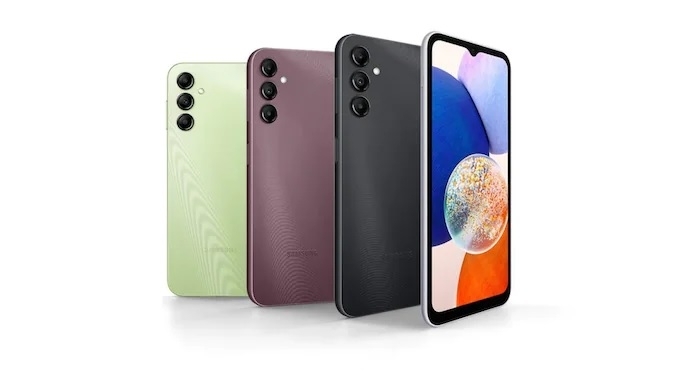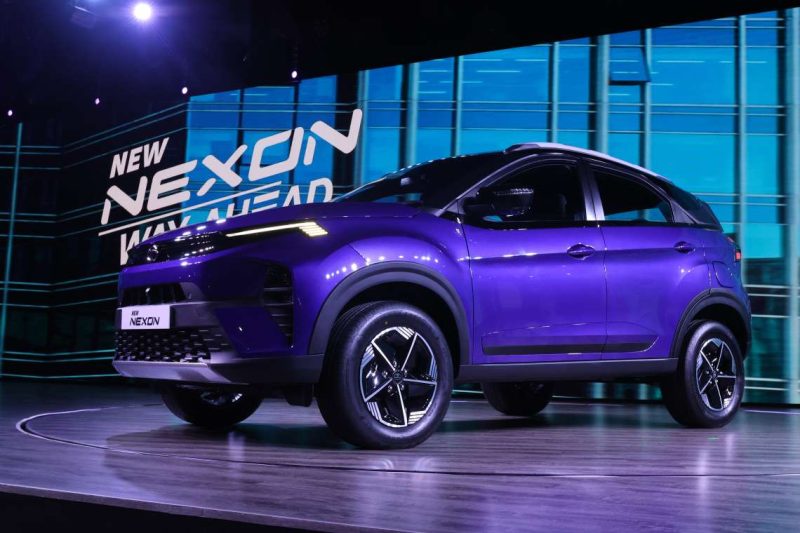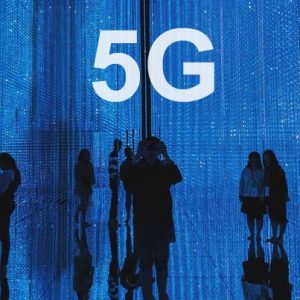Not only consumers but also enterprises and the public sector will be able to benefit from 5G over the period of next two years…reports Asian Lite News
As India rolls out 5G with showcasing some early use cases with telcos setting some aggressive deadlines, millions of smartphone users will only enjoy the super-fast Internet in 2024 amid infrastructure limitations, limited use cases and low 5G handset penetration, industry experts said on Monday.
India is home to more than 500 million smartphone users and over 100 million users with 5G-ready smartphones wish to upgrade to a 5G subscription in 2023, according to a latest Ericsson report.
However, there are multiple challenges ahead for telecom service providers to meet the tough roll-out deadlines.
“In theory, there are use cases out there which really warrant and demand 5G: enterprise solutions, private networks, IoT, logistics. But it could take a year or more for those applications to really take off,” said Prasanto K. Roy, a leading technology and public policy expert.
Telcos will focus on converting existing higher-ARPU (average revenue per user) individual customers to 5G, which really limits how much more they can charge for 5G especially in a competitive space.
“I don’t see 5G really bumping up ARPU overall in any significant way — at least not in 2023,” Roy said.
In the top four metros, consumers should be able to experience 5G in early October (according to Airtel) to late October (according to Reliance Jio), with Airtel planning to take 5G to eight cities this month.
There are no 5G roll out plans from Vodafone-Idea yet.
“However, with tariffs still unclear, I do not know if current 4G customers will all be able to sample a limited trial, or will have to upgrade right away. Although Airtel (and possibly Jio) expects a revenue increase (from its current ARPU of Rs 183), I do not expect most customers to shell out much more for 5G,” Roy noted.
The Ericsson study, however, claimed that the Indian smartphone users are willing to pay a 45 per cent premium for a plan bundled with novel experiences, which could be a delight for Internet service providers ready with 5G.
According to Neil Shah, Vice President of Research at Counterpoint, in terms of population coverage, for all operators, India should reach the current blanket 4G coverage by the end of 2024 , way sooner than the 4G or 3G era.
“Jio is in a driver’s seat with respect to its peers to likely achieve a pan India 5G network rollout over the next 15 months with no 2G, 3G and 4G baggage,” said Shah.
Not only consumers but also enterprises and the public sector will be able to benefit from 5G over the period of next two years.
“Airtel, on the other hand, also has been building a highly upgradeable network to easily reuse the same towers for both 4G and 5G. Most of its key circles should be able to experience 5G by mid-2024,” Shah noted.
According to smartphone players, 5G has the potential to bring together the entire ecosystem and online gaming, augmented/virtual reality (AR-VR) experience, along with content creation, will take centre-stage with the launch of 5G services.
“With 5G being officially available now, we are looking forward to exploring the numerous opportunities it provides to us and will be directing our efforts into making this technology even more accessible to users,” said Madhav Sheth, CEO realme India, VP, realme and President, realme International Business Group.
According to Roy, infrastructure limitations and limited use cases and revenue also pose great challenges for telcos and smartphone players.
“To really leverage 5G bandwidth and latency, towers are to be connected by fibre. Only a third of them are ‘fiberised’ so I would expect 5G service to be reserved for large cities until the fiber gets to twice that number of towers,” he explained.
Telcos have also struggled with adequate tower density even for 4G, but 5G needs a much higher tower density — increasing upfront investment.
“All this capex investment would also be limited by the telcos’ high debt and stagnant ARPU (revenues), already stretched by spectrum fees and initial 5G investments,” according to Roy.
IT Minister Ashwini Vaishnaw expects telcos to invest Rs 2-3 lakh crore on 5G and 4G in the next two years for better voice quality and high-speed data.
There are also 5G network equipment availability challenges, because of very strict supply chain reporting mandates for cybersecurity and related reasons since June 2021 (called the NSDTS directive).
“This is slowing down approved telecom and IT equipment available for the telcos, or requiring them to apply for case by case exemptions,” Roy said.














